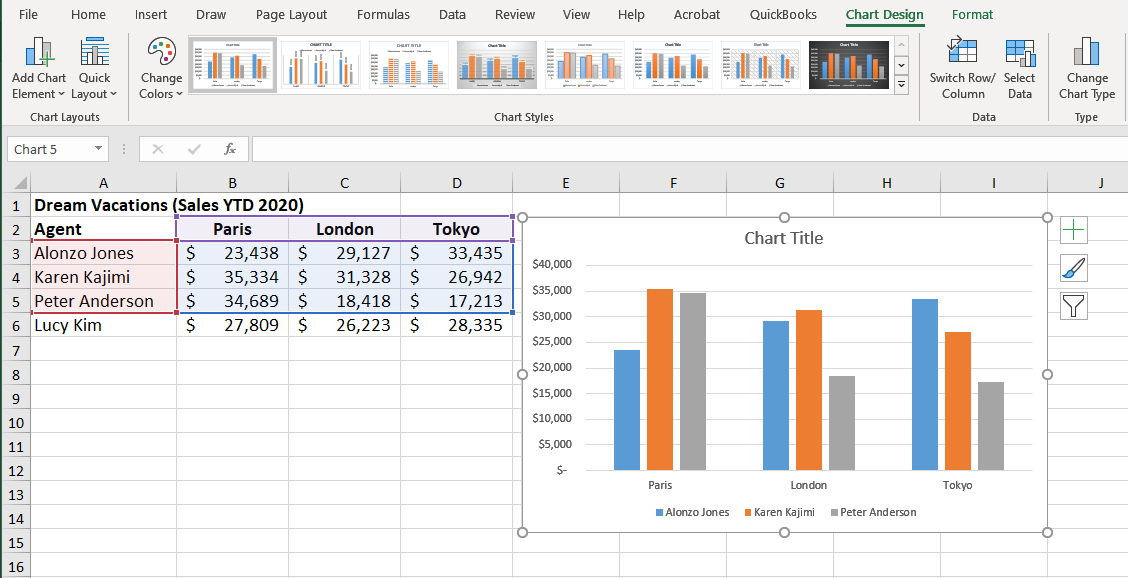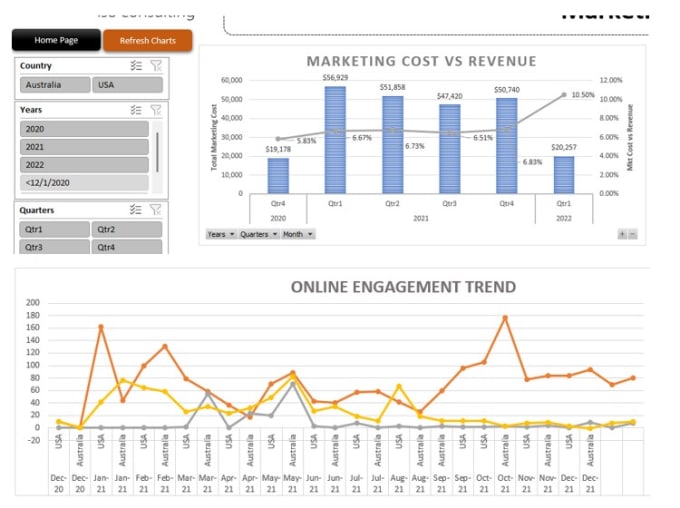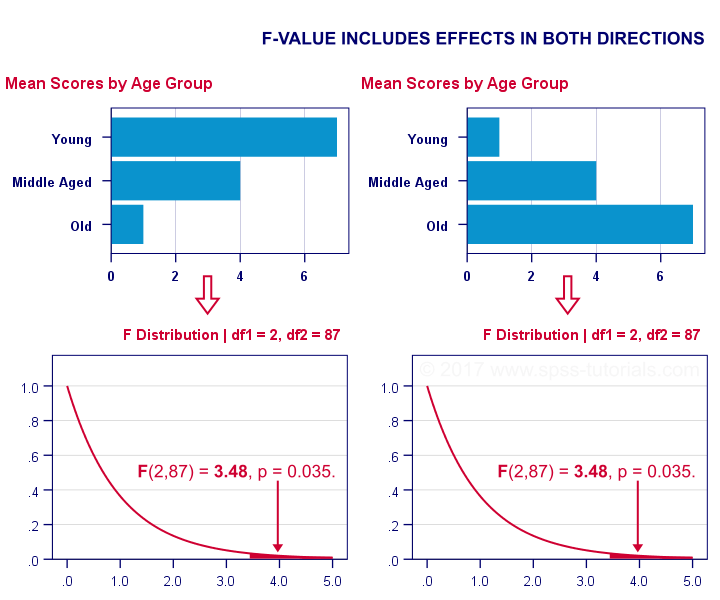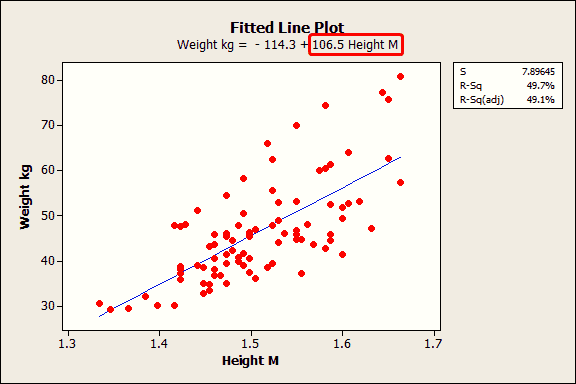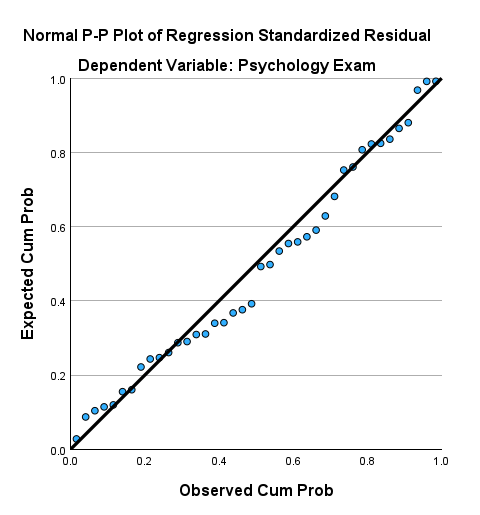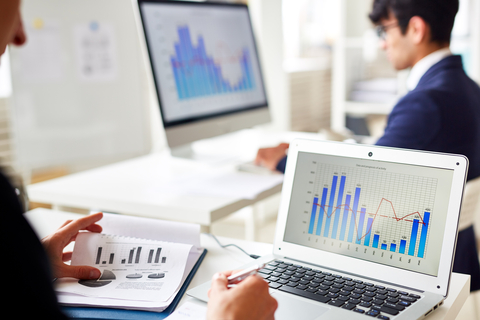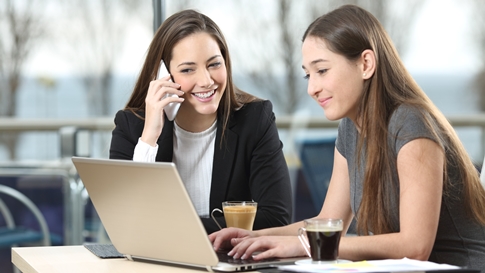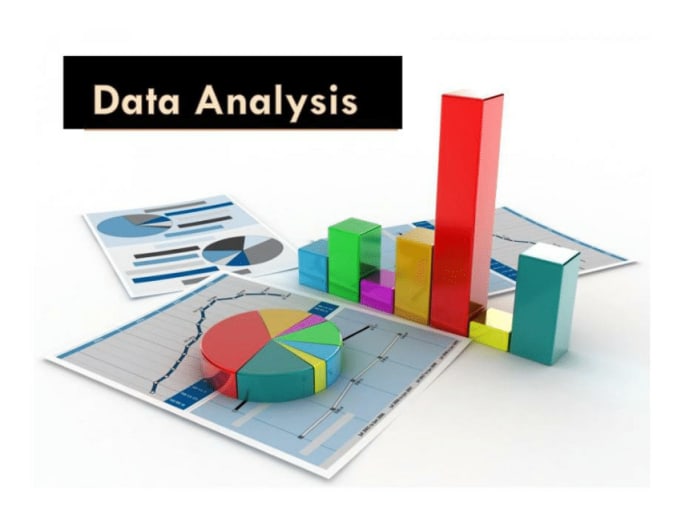Best SPSS Assignment Writing Services Online
In today’s academic environment, students often juggle multiple responsibilities, from attending lectures and participating in extracurricular activities to managing part-time jobs and personal commitments. Among the most challenging aspects of academic life is mastering complex statistical tools like SPSS (Statistical Package for the Social Sciences). As a result, many students seek reliable and professional SPSS assignment writing services online to ensure they excel in their coursework. This paper explores the top SPSS assignment help providers, why they are essential, and the factors students should consider when choosing these services.
Importance of SPSS in Academics
SPSS is one of the most widely used statistical analysis tools in academic and professional fields. It helps users perform complex data analysis, including descriptive statistics, regression analysis, hypothesis testing, and more. Many disciplines, such as psychology, sociology, business, economics, and healthcare, require students to have a strong grasp of SPSS for research purposes.
However, learning and applying SPSS can be daunting for many students. The software’s intricate interface and the need for advanced analytical skills often lead to frustration. This is where professional SPSS assignment writing services come in. These services bridge the gap by providing expert assistance, ensuring that students achieve their desired grades while gaining a better understanding of the software.
Characteristics of the Best SPSS Assignment Writing Services
When searching for the best SPSS assignment help online, students should consider specific criteria that set top-tier services apart. Below are some key characteristics:
- Expert Writers and Statisticians The best SPSS assignment writing services employ qualified professionals with advanced degrees in statistics, data analysis, and related fields. These experts possess in-depth knowledge of SPSS and its applications, ensuring high-quality solutions.
- Customized Solutions Each SPSS assignment is unique, requiring tailored approaches. Leading services provide personalized solutions that align with the specific requirements of an assignment.
- Timely Delivery Deadlines are crucial in academic settings. Reputable SPSS assignment services guarantee on-time delivery, enabling students to submit their assignments without stress.
- Plagiarism-Free Content Originality is non-negotiable in academic submissions. Top services use advanced plagiarism detection tools to ensure the assignments are 100% unique.
- Affordable Pricing Since students often operate on tight budgets, the best SPSS assignment services offer competitive pricing with no compromise on quality. Many also provide discounts, referral bonuses, and seasonal offers.
- 24/7 Customer Support Excellent customer support is a hallmark of a reliable service. Students should look for services that offer round-the-clock assistance to address queries or concerns promptly.
- Confidentiality Protecting the client’s identity and assignment details is essential. Reputable services adhere to strict confidentiality policies to safeguard their clients’ information.
Top SPSS Assignment Writing Services Online
After extensive research and analysis, here are some of the best SPSS assignment writing services online:
1. Get spss help
- Overview: getspsshelp is a globally recognized academic assistance platform offering top-notch SPSS assignment services.
- Features:
- Expert statisticians and writers.
- Comprehensive solutions, including data analysis and interpretation.
- Affordable pricing with periodic discounts.
- Why Choose Them:
- Strong reputation for delivering high-quality assignments.
- Robust plagiarism checks and confidentiality measures.
2. AssignmentEssayHelp
- Overview: AssignmentEssayHelp specializes in statistical assignments, including SPSS, and caters to students worldwide.
- Features:
- Customized solutions tailored to assignment guidelines.
- Timely delivery with expedited services for urgent deadlines.
- Why Choose Them:
- Dedicated customer support available 24/7.
- Free revisions to ensure complete client satisfaction.
3. getspsshelp
- Overview: getspsshelp is a versatile academic platform offering assistance in a variety of subjects, including SPSS.
- Features:
- Direct communication with expert writers.
- Transparent pricing structure.
- Why Choose Them:
- User-friendly platform with real-time tracking of assignments.
- Money-back guarantee for unsatisfactory work.
4. EduBirdie
- Overview: Known for its professionalism, EduBirdie provides reliable SPSS assignment help to students.
- Features:
- Access to experienced statisticians.
- Plagiarism-free solutions with detailed explanations.
- Why Choose Them:
- Flexible payment options.
- Consistent positive reviews from satisfied clients.
5. All Assignment Help
- Overview: AllAssignmentHelp focuses on delivering high-quality academic assistance in statistical analysis and SPSS.
- Features:
- Comprehensive guidance on SPSS assignments, from data entry to interpretation.
- Affordable rates with frequent discounts.
- Why Choose Them:
- Extensive experience in handling complex statistical tasks.
- Free plagiarism reports with every assignment.
Benefits of Using SPSS Assignment Writing Services
- Expert Guidance Professional services provide students access to seasoned experts who simplify complex SPSS concepts. This not only enhances assignment quality but also aids learning.
- Time-Saving By outsourcing SPSS assignments, students save valuable time, which they can invest in other academic or personal pursuits.
- Improved Academic Performance High-quality solutions from experts ensure better grades, boosting overall academic performance.
- Stress Reduction Academic pressure can take a toll on students. SPSS assignment help reduces stress by ensuring timely and accurate submissions.
Tips for Choosing the Right SPSS Assignment Writing Service
- Read Reviews and Testimonials Check online reviews and client testimonials to gauge the credibility of a service.
- Assess Expertise Ensure the service employs qualified professionals with relevant expertise in SPSS and statistics.
- Check for Guarantees Look for guarantees such as on-time delivery, plagiarism-free work, and satisfaction or money-back policies.
- Compare Pricing Compare pricing among different services to find one that offers the best value for money.
- Evaluate Communication Channels Opt for services with responsive customer support that’s available 24/7.
Common Challenges Students Face in SPSS Assignments
- Understanding Complex Functions SPSS includes numerous statistical tests and functions, which can be overwhelming for beginners.
- Interpreting Results Generating statistical output is only part of the task. Understanding and interpreting these results require expertise.
- Formatting Issues Many assignments have strict formatting and presentation requirements, which can be challenging to meet.
- Limited Time Balancing SPSS assignments with other responsibilities often leaves students with insufficient time for thorough work.
Conclusion
SPSS assignment writing services play a pivotal role in helping students overcome academic challenges related to statistical analysis. By offering expert guidance, customized solutions, and timely assistance, these services enable students to excel in their coursework and achieve their academic goals. When selecting an SPSS assignment help provider, students should carefully evaluate factors such as expertise, pricing, and customer support to make an informed decision. With the right service, mastering SPSS becomes a manageable and rewarding endeavor.
Needs help with similar assignment?
We are available 24x7 to deliver the best services and assignment ready within 3-4 hours? Order a custom-written, plagiarism-free paper




